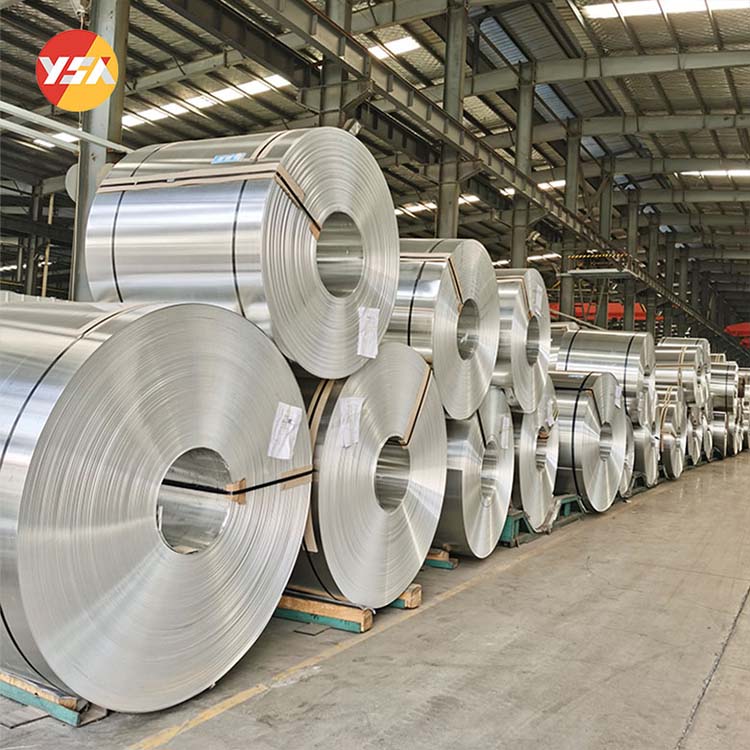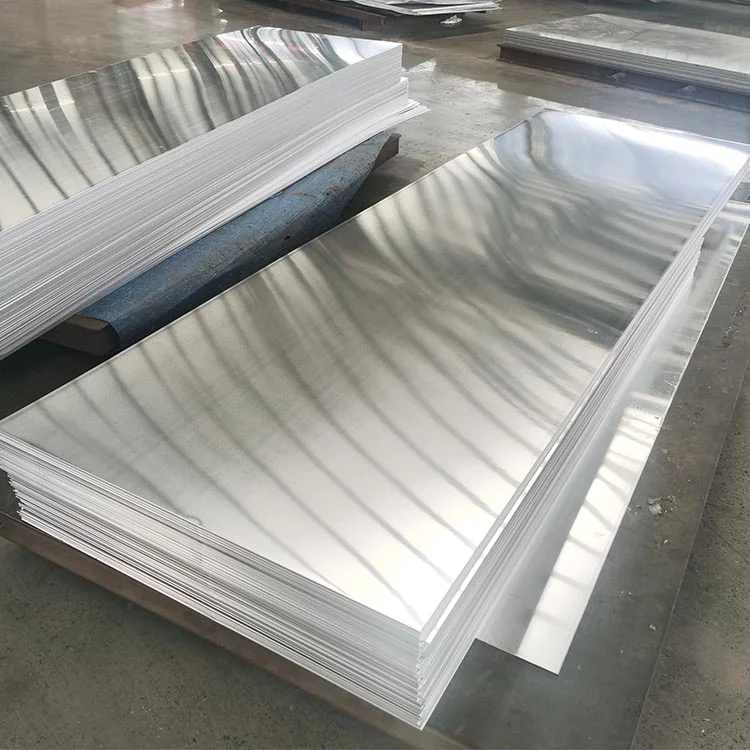What Is Aluminum Foil Boat?
Aluminum foil boat crafting is a DIY endeavor blending challenge with creativity, emerging as a popular activity combining creative exploration with hands-on enjoyment. The material selection strategically harnesses aluminum’s inherent advantages: exceptional malleability coupled with ultra-lightweight properties.
Aluminum foil boats are cost-effective, easily accessible creations that balance aesthetic appeal with practical versatility, serving multiple purposes across various activities. This step-by-step guide in this article walks you through mastering the foil boat crafting process.
First, understand aluminum foil boat benefits and key features. Next, design the hull’s structure and purpose, pick suitable materials and tools, then adjust buoyancy and stability. Finally, customize your boat with a personal touch.
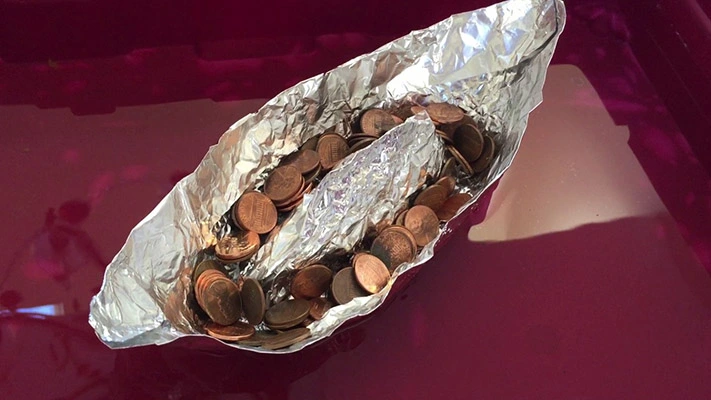
I. Understanding Buoyancy
A. Definition and explanation of buoyancy
Buoyancy is the upward force exerted by a fluid, such as water, on an object immersed in it. It is the result of the pressure difference between the top and bottom surfaces of the object. When the buoyant force is greater than or equal to the weight of the object, it floats.
B. Archimedes’ principle and its relevance to boat-making
Archimedes’ principle, formulated by the ancient Greek mathematician Archimedes, states that an object immersed in a fluid experiences an upward buoyant force equal to the weight of the fluid it displaces. This principle is crucial for understanding how boats, including aluminum foil boats, float.
C. Factors affecting buoyancy
Several factors influence the buoyancy of an aluminum foil boat. The amount of water pushed aside by the boat’s hull, the boat’s own weight, and how weight is spread out inside the boat all affect how well the boat stays afloat. By considering these factors, you can design and construct a boat that achieves optimal buoyancy and stability.
II. Gathering Materials and Preparation
A. Gathering aluminum foil
To begin your aluminum foil boat-making adventure, gather a sufficient amount of aluminum foil. Look for a roll of standard kitchen-grade aluminum foil, which is readily available in most households. Ensure that you have enough foil to construct the boat’s hull and any additional structural elements.
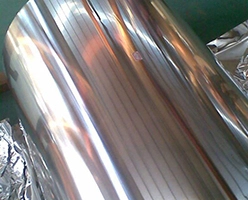
B. Choosing the right type and thickness of foil
When selecting aluminum foil for boat-making, consider the thickness of the foil. Thicker aluminum foil (heavy aluminum foil) tends to be more rigid and provides better structural integrity for the boat.
However, if you prefer a more lightweight and flexible boat, you can opt for thinner foil. Experiment with different thicknesses to find the balance between durability and maneuverability that suits your needs. In general, we recommend using aluminum foil that is approximately 0.016 to 0.04 inches (0.4 to 1 mm) thick.
C. Ensuring a clean and flat surface for construction
Before you start constructing your aluminum foil boat, make sure you have a clean and flat surface to work on. This will ensure that the foil remains free from dirt or debris, and it will facilitate the folding and shaping process. A smooth tabletop or countertop would be an ideal surface for boat construction.
III. Designing Your Boat
A. Considering the boat’s purpose and requirements
Before you begin constructing your aluminum foil boat, think about its purpose and requirements. Are you building it for a race, a floating decoration, or a science experiment? Understanding the boat’s intended use will help you make design decisions that align with your goals.
B. Sketching and planning the boat design
Take some time to sketch and plan your boat design before you start folding the aluminum foil. Consider the overall shape, size, and layout of the boat. A simple rectangular or triangular hull design is a good starting point for beginners. Sketching will help you visualize the boat and make adjustments before committing to the construction phase.
C. Structural considerations for stability and weight distribution
To ensure stability and proper weight distribution, think about the structural elements of your aluminum foil boat. Consider adding side walls or compartments to increase buoyancy and prevent tipping. Distribute the weight evenly by placing heavier items, such as small weights or coins, low in the boat’s hull. This will help maintain balance and stability in the water.
IV. Constructing the Hull
A. Creating the base of the boat with aluminum foil
Start constructing your aluminum foil boat by creating the hull, which forms the base of the vessel. Cut a piece of aluminum foil large enough to accommodate your desired boat size. Lay it flat on the clean surface, ensuring there are no wrinkles or creases.
B. Folding techniques for shaping the hull
Use folding techniques to shape the aluminum foil into the desired hull form. Fold the foil along the edges to create a shallow “U” shape, resembling the bottom of a boat. Make sure the folds are crisp and secure to maintain the structural integrity of the hull. You can use your fingers or a ruler to achieve clean, straight folds.
C. Reinforcing the hull for added strength
To reinforce the hull and add strength to your aluminum foil boat, consider doubling the layers of foil. Put another piece of foil on top of the first layer and fold the edges over to hold them together. This will provide increased durability and resistance to potential punctures or tears while the boat is in water. Ensure that the folds align properly and that the two layers are securely attached to each other.
V. Adding Structural Elements
A. Building the sides and bow of the boat
Once you have constructed the hull, it’s time to add the sides and bow to your aluminum foil boat. Cut smaller pieces of foil and fold them to create walls along the sides of the boat. Attach these walls to the edges of the hull, ensuring they are securely folded and connected. Similarly, create a pointed shape for the bow by folding a piece of foil and attaching it to the front of the hull.
B. Techniques for creating walls and compartments
If you wish to incorporate compartments or sections within your aluminum foil boat, you can use additional folding techniques. Fold the foil vertically to create dividers or partitions within the boat’s interior. This will help distribute the weight evenly and enhance stability. Remember to secure the folds properly to maintain the integrity of the compartments.
C. Attaching additional support beams or braces
Depending on how big or shaped your foil boat is, you might need to add extra supports or reinforcements to make it sturdier. Cut narrow strips of foil and fold them to create beams that span across the width of the boat. Attach these beams to the walls or hull to provide extra reinforcement. This will help prevent the boat from flexing or bending excessively while it floats.
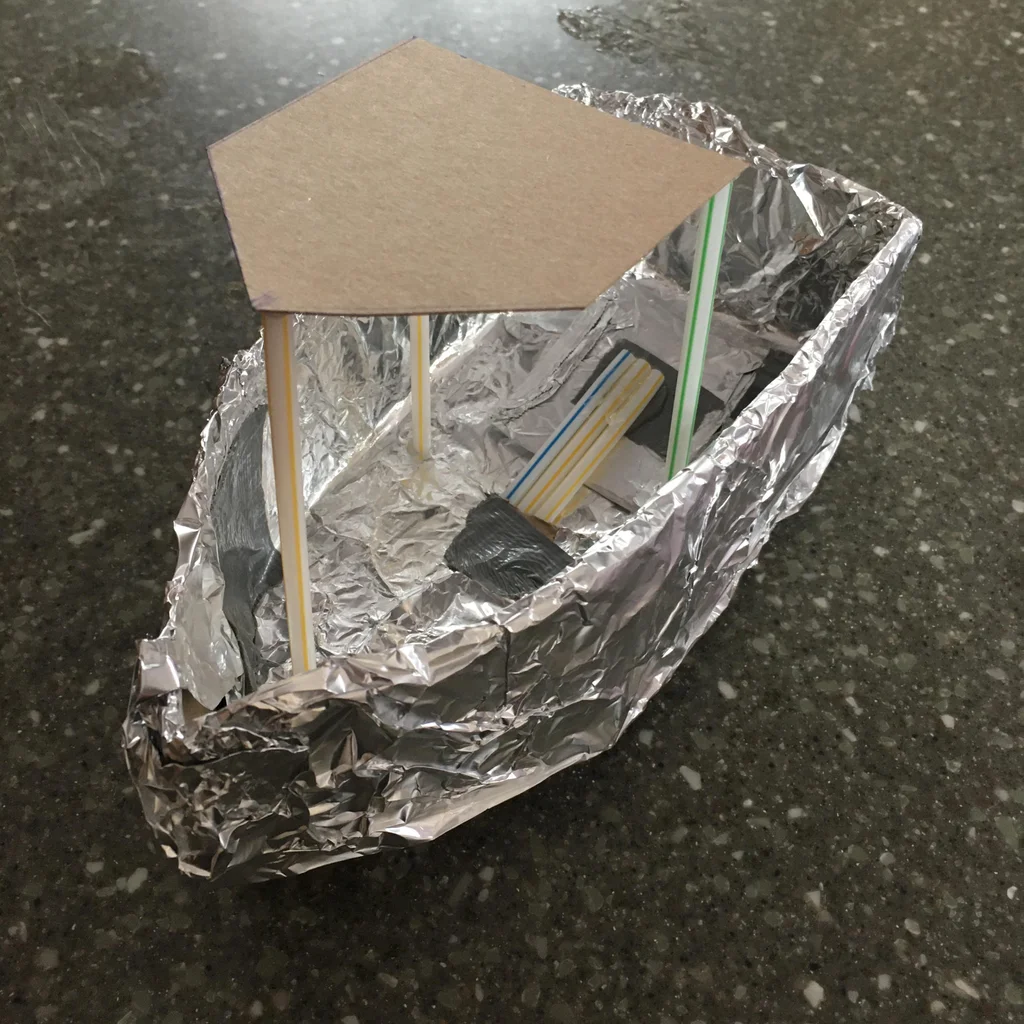
VI. Touches finales
A. Lisser et affiner la surface du bateau
Après avoir construit la structure de base de votre bateau en papier d'aluminium, prenez le temps de lisser et d'affiner sa surface. Utilisez vos mains ou un chiffon doux pour presser et lisser délicatement les plis et les imperfections de la feuille d'aluminium. Cela donnera à votre bateau un aspect plus propre et plus poli.
B. Assurer l'étanchéité et prévenir les fuites
Pour que votre bateau en papier d'aluminium reste étanche et ne présente pas de fuites, faites attention aux coutures et aux plis. Appuyez sur les bords et les plis pour créer un joint étanche. Si vous remarquez des trous ou des zones où l'eau pourrait s'infiltrer, renforcez-les avec des plis supplémentaires ou de petits morceaux de papier d'aluminium. Un bateau étanche flottera mieux et vous permettra de garder le moral pendant les expériences ou les courses.
C. Ajout d'éléments décoratifs, le cas échéant
If you want to make your foil boat more creative and personal, consider adding some decorations. Use colored markers or adhesive stickers to create designs, patterns, or even a name for your boat. Just remember to keep the added decorations lightweight and avoid obstructing the boat’s functionality or stability.
VII. Essais et ajustements
A. Réalisation d'un test de flottaison dans l'eau
Une fois que vous avez terminé la construction de votre bateau en papier d'aluminium, il est temps de le mettre à l'épreuve. Remplissez un récipient ou une bassine d'eau, en veillant à ce qu'elle soit suffisamment profonde pour immerger complètement le bateau sans toucher le fond. Placez doucement le bateau dans l'eau et observez son comportement flottant.
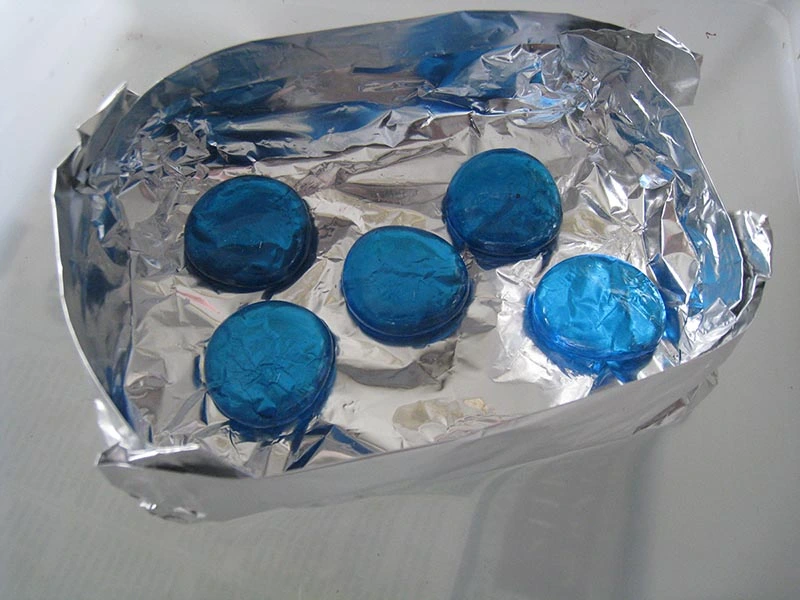
B. Observer la stabilité et l'équilibre du bateau
As your aluminum foil boat floats, observe its stability and balance. Does it float level or does it tilt to one side? Is it stable or does it easily tip over? Check for any uneven areas or parts that might need adjusting or strengthening to enhance the boat’s performance.
C. Effectuer les ajustements nécessaires pour une performance optimale
Based on what you saw during the float test, make any changes needed to improve how well your aluminum foil boat works. This might involve redistributing weight, reinforcing weak areas, or modifying the design slightly. By iteratively testing and adjusting, you can achieve a well-balanced and seaworthy vessel.
VIII. Considérations de sécurité
A. Porter un équipement de sécurité approprié
When engaging in any hands-on activity, including aluminum foil boat-making, it’s important to prioritize safety. Make sure to wear proper safety gear, like protective gloves, to avoid cuts or scrapes when handling aluminum foil or sharp objects.
B. Encadrer les enfants pendant la fabrication du bateau
Si des enfants participent à la fabrication du bateau, veillez à ce qu'ils soient surveillés en permanence. Fournissez-leur des conseils et une assistance adaptés à leur âge afin de garantir leur sécurité et de prévenir tout risque potentiel. Insistez sur l'importance de respecter les consignes de sécurité et de manipuler les matériaux avec précaution.
C. Éviter les arêtes vives ou les matériaux potentiellement dangereux
While constructing your aluminum foil boat, be mindful of sharp edges that could cause injury. Fold the foil carefully to avoid creating sharp points or edges. Also, avoid using any harmful materials when building the boat, especially if you plan to test it in water.
Techniques alternatives de fabrication de bateaux
While aluminum foil is a popular choice for boat-making, there are alternative materials you can explore. Consider experimenting with materials like plastic wrap, wax paper, or even recycled materials such as cardboard or plastic bottles. Each different material has its own unique properties and challenges, helping you learn more about buoyancy and boat design.
Au-delà des modèles de coques traditionnels, vous pouvez également expérimenter différentes formes et configurations de bateaux. Par exemple, vous pouvez créer un bateau de type catamaran en reliant deux coques à l'aide d'un pont ou essayer un bateau de type ponton avec plusieurs sections flottantes. Ces variations peuvent offrir différents niveaux de stabilité et de manœuvrabilité, ce qui permet de poursuivre l'exploration et la créativité.
Si vous souhaitez passer à la vitesse supérieure dans la fabrication de vos bateaux en papier aluminium, pensez à incorporer les éléments suivants systèmes de propulsion. Vous pouvez fixer un petit ventilateur ou une roue à aubes à l'arrière de votre bateau et expérimenter différentes méthodes de propulsion, telles que l'énergie éolienne ou la pagaie manuelle. Cela ajoute un élément passionnant au projet et vous permet d'explorer les principes d'ingénierie de la propulsion des bateaux.
Résumé
La construction d'un bateau en papier d'aluminium est un exercice amusant et instructif qui vous permet d'acquérir des connaissances sur la flottabilité, la conception d'un bateau et les concepts de construction. Vous pouvez construire un bateau bien conçu et en bon état de navigabilité en apprenant les principes fondamentaux de la flottabilité et en suivant les méthodes indiquées dans ce guide. N'oubliez pas d'être créatif, d'expérimenter avec différents matériaux et idées, et de vous amuser tout au long de votre aventure de fabrication d'un bateau en papier d'aluminium.

